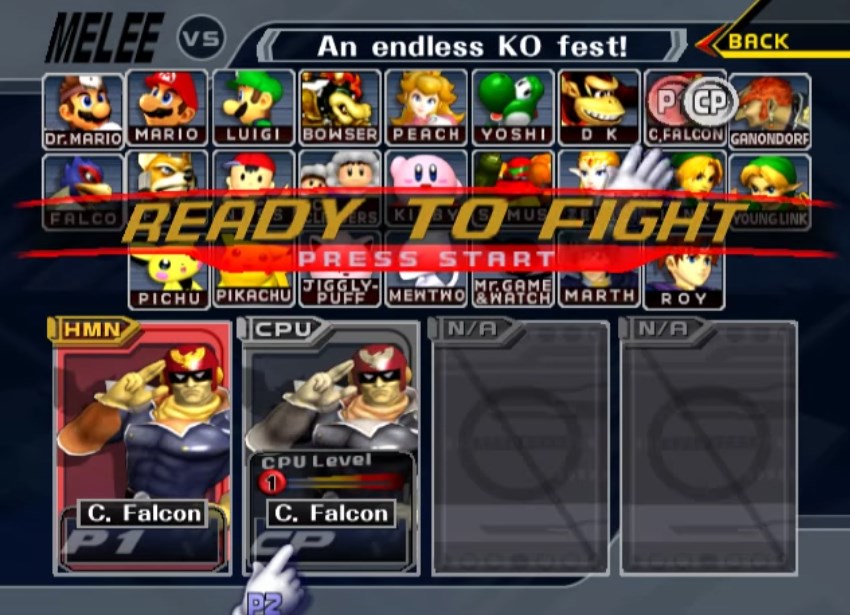As the realms of artificial intelligence continue to advance at breakneck speeds, we’re witnessing AI systems take on challenges previously thought fit only for human mastery. One of the latest showcases of this innovation comes from MIT’s Computer Science and Artificial Intelligence Laboratory, where researchers have engineered an impressive AI capable of competing against some of the top players in the classic game, Super Smash Bros Melee (SSBM). This achievement opens up new possibilities for AI application in complex multiplayer environments.
Understanding the Game and Its Challenges
For those unfamiliar, Super Smash Bros Melee is not just another fighting game; it’s a strategic battleground bringing together beloved characters from Nintendo’s vast universe. Beneath its charming facade lies an intricate web of dynamics and strategies that presents a notable challenge for both players and machines alike. According to the research team, SSBM’s environment is characterized by complex interactions and partial observability, which adds layers of difficulty when developing AI capable of holding its own against refined human opponents.
The AI’s Training Mechanics
Under the guidance of lead researcher Vlad Firoiu, the team cultivated a neural network that learns uniquely and from the ground up. Unlike traditional systems that utilize screen observation, this AI was fed raw data, including the coordinates of every element within the game environment—from players and ledges to various items that affect gameplay. The AI’s learning was uniquely incentivized based on its performance, rewarding it for victories achieved during matches. Could this be a glimpse into the future of game design where AIs seamlessly integrate into our favorite titles?
A Unique Playstyle Arising from the Code
The AI’s performance showcases an intriguing mix of conventional and unconventional fighting techniques. Firoiu noted, “The AI adopts a dual approach; at times it demonstrates conservative tactics, waiting patiently for the perfect opportunity to attack. Conversely, there are moments where it risks aggressive, spectacular acrobatics resulting in quick kills.” This duality captures the essence of SSBM: the balance between patience and audacity.
Strengths and Weaknesses of AI Combatants
- Strengths: The AI has successfully competed against several globally-ranked players, emerging victorious more often than not.
- Weaknesses: Interestingly, despite its prowess, the AI struggles with projectile management, illustrated through its choice of character, Captain Falcon. Moreover, in a curious behavioral quirk, it tends to panic if an opponent remains crouched in a corner for an extended period, sometimes leading to unfortunate self-elimination.
The Road Ahead for AI in Gaming
While this AI model might not be poised to take home accolades like the Nobel Prize, it stands as a testament to the potential of existing machine learning models in dynamic environments. Projects like these probe the depths of AI capabilities—beyond theoretical frameworks, they put technology to the test in a real-world setting where unpredictability reigns supreme.
Conclusion
The advancements presented by MIT’s AI research in the context of Super Smash Bros Melee are a beacon of what’s possible as we merge technology with entertainment. From creating cunning opponents to enhancing user experiences, the future of AI gaming is bright and full of potential. As society integrates more AI into daily life, we must consider the balance of human and machine intelligence in competitive environments.
At fxis.ai, we believe that such advancements are crucial for the future of AI, as they enable more comprehensive and effective solutions. Our team is continually exploring new methodologies to push the envelope in artificial intelligence, ensuring that our clients benefit from the latest technological innovations. For more insights, updates, or to collaborate on AI development projects, stay connected with fxis.ai.

